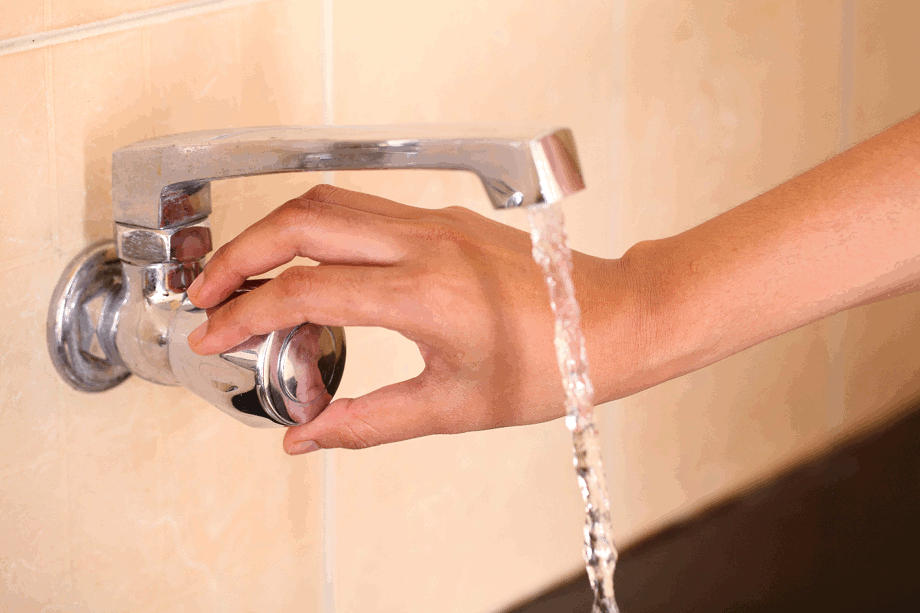Drinking water

The majority of Finnish households belong to organised water supply services. Water supply plants are mainly responsible for the production and supply of water used for drinking, cooking and other purposes through the water supply network.
There are also households in sparsely populated areas that are not within the scope of organised water supply but are responsible for the supply of drinking water themselves. In this case, drinking water is usually taken from their private well.
In Finland, the Ministry of Agriculture and Forestry has the main strategic task of safeguarding water supply. The aim is to provide adequate access to healthy drinking water at a reasonable cost.
Finnish drinking water is of good quality
In Finland, drinking water supplied by water supply plants is of very good quality and is safe to use. Legislation on the quality of drinking water requires that drinking water must not contain any organisms or substances that may cause health hazards to the user.
The municipal health protection authority regularly monitors the quality of drinking water and is responsible for ensuring that sufficient samples of drinking water are taken from different parts of the water supply network and that all analyses required by legislation are performed. The more water the water plant supplies to the water supply network, the more frequently the quality of the drinking water is analysed. On the basis of the risk assessment the monitoring frequency of parameters can be increased or decreased. The health protection authority is not responsible for the water quality of private wells.
Specific information on a water supply plant's quality of drinking water is often available on the websites of water supply plants or municipalities. Water supply plants can also provide information on the quality of drinking water in customer magazines and local media, as well as in social media, such as Facebook.
The quality of drinking water is monitored in accordance with the decrees of the Ministry of Social Affairs and Health.
Water purification ensures the quality of drinking water
Water supply plants produce drinking water from surface, ground or artificial groundwater. Surface water refers to lake, river or coastal water.
The water purification process of a water supply plant depends on the quality of the raw water used for drinking water production. In Finland, water produced from surface water is always disinfected before it is led to the water supply network in order to destroy microbes harmful to human health. Clean and good quality groundwater or artificial groundwater may not need to be disinfected.
Water supply plants’ websites often contain general information on the supply and production of water of the water supply plant in question.
The quality of drinking water may change in the water supply network
Drinking water discharged from the water supply plant may remain in the water supply network for a long time. During the delay period, the quality of the water may deteriorate, although it was still of high quality when leaving the water supply plant. For example, microbes may start to increase. Water supplies may occasionally flush the water supply networks in order to improve the quality of drinking water.
The quality of drinking water in the water supply network is influenced by, for example:
- Structure and condition of the water supply network
- Pipe material
- Drinking water delay in the water supply network before use
- Concentration of the disinfectant
- The amount of nutrients required by microbes.
Flushing of water improves the water quality in a building
The water pipelines of the building and the regularity of water use may affect the quality of drinking water supplied to the user. If the water tap is not used for a long time and the water remains in the property’s piping or in the tap section, e.g. the water temperature, iron concentration or the number of microbes may increase beyond normal conditions.
If the tap is used only slightly, it is recommended to flush water before using it to ensure water quality.
Poor quality drinking water can cause a water epidemic
The quality of drinking water must be such that it can be consumed and used safely every day. Drinking water can sometimes cause health damage and even lead to an epidemic, if there are deficiencies in the quality of the water. Drinking water with pathogenic microbes can cause, for example, vomiting or diarrhoea.
Inadequate structures of water intake wells of water supply plants, or pipe breakages in the water supply network can cause a contamination in drinking water. Ageing water supply networks may pose a threat to the quality of drinking water through increasing pipe breakages which allow pathogen microbes to enter the drinking water.
In order to prevent health hazards, the municipal health protection authority may issue an order to the water supply plant to start, for example, disinfection measures. The authority may also provide water users with instructions for the safe use of drinking water. For example, if drinking water is contaminated with pathogenic microbes, the authority may issue a request for boiling the drinking water.
In different water systems, microbial concentrations may increase if the conditions are favourable to microbes. Legionella bacteria can grow in the water systems of a building. Legionella can make you ill especially if it enters the airways with the water aerosols.
Read more:




